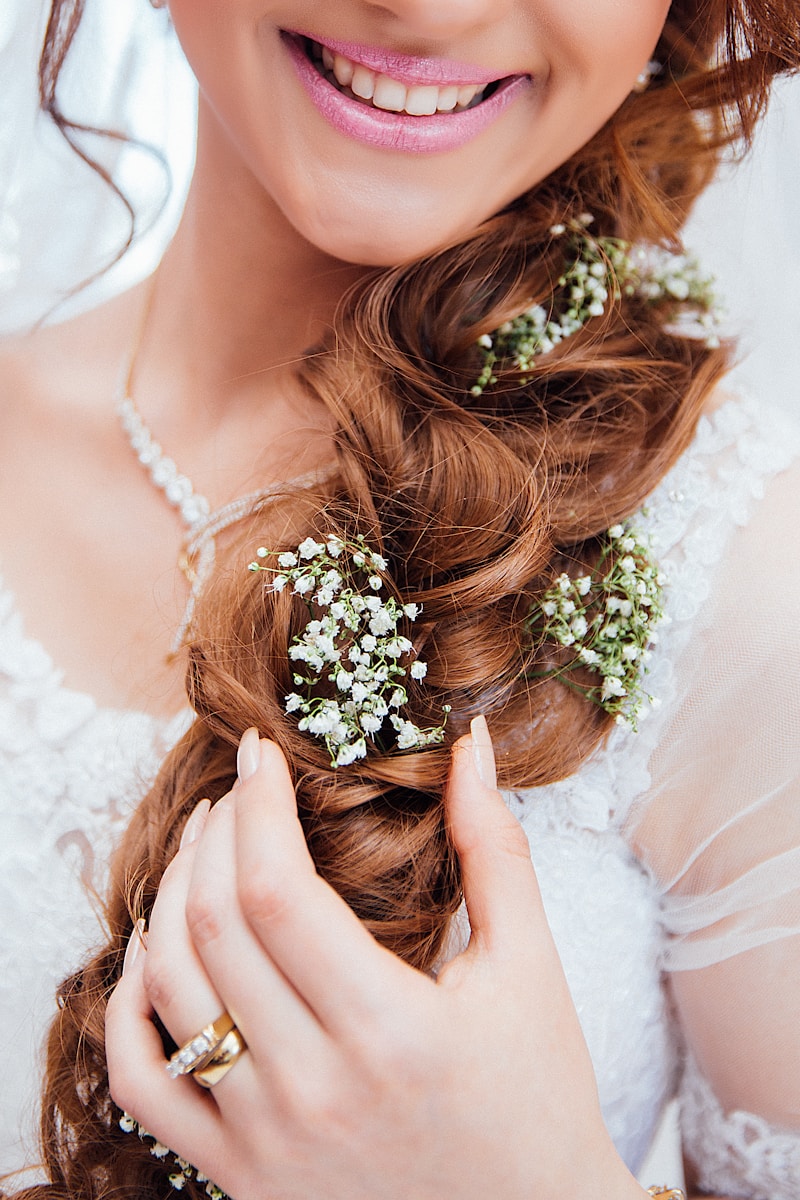Creating a Wedding Dress Buying Timeline: Your Essential Guide to a Stress-Free Experience
Weddings are a whirlwind of emotions and excitement, and one of the most magical moments for any bride is choosing the perfect wedding dress. However, the process can also be overwhelming if not planned properly. This article will help you in creating a wedding dress buying timeline that ensures you find your dream dress without unnecessary stress. From understanding different styles to setting a budget, we’ll cover it all. Let's dive in!
Why a Wedding Dress Buying Timeline is Important
Establishing a buying timeline for your wedding dress is crucial for several reasons. First, it allows you to stay organized, ensuring that every step is completed ahead of your wedding day. Second, it helps alleviate last-minute stress that can arise from rushing through the process. Finally, it provides ample time for fittings and alterations, ensuring the perfect fit on your big day.
Setting Your Timeline: Key Stages
Your wedding dress buying journey should be divided into several key stages. Here’s a simplified timeline:
| Time Until Wedding | Actions to Take |
| 12 Months | Start research on Wedding Dress Styles and designers. |
| 9-10 Months | Set a budget for your dress and schedule shopping appointments. |
| 8 Months | Begin trying on dresses. Keep notes on what you like. |
| 6 Months | Make a decision and purchase your dress. |
| 4 Months | Schedule fittings and alterations. |
| 1 Month | Final fitting; pick up dress. |
| 1 Week | Prepare dress for the wedding day. |
Researching Wedding Dress Styles
Before you even start shopping, it’s essential to know what styles you are interested in. Spend at least 12 months before your wedding date to research. Look through bridal magazines, websites, and social media platforms like Pinterest and Instagram. Consider the following styles:
- A-Line: Flattering for all body types and gives a classic look.
- Mermaid: Form-fitting and accentuates curves.
- Ball Gown: Ideal for a fairytale wedding, featuring a full skirt.
- Sheath: A sleek and modern silhouette.
- Bohemian: Perfect for casual or outdoor weddings, often featuring lace and flowy materials.

Setting a Budget for Your Wedding Dress
Once you have a general idea of the style you want, it’s important to determine your budget. The cost of Wedding dresses can range widely, from a few hundred dollars to several thousand. Factors that affect the price include designer, fabric, and whether the dress is made-to-order or off-the-rack. Consider allocating around 10% to 15% of your overall wedding budget to your dress. Keep in mind additional costs for alterations, accessories, and cleaning services.
Choosing the Right Shopping Venues
When you begin shopping, think about where you want to go. Options include:
- Bridal Boutiques: Specialty stores often carry designer dresses.
- Department Stores: Good for budget-friendly options.
- Online Retailers: Convenient and can offer a wide variety.
- Second-Hand or Sample Sales: Look for previous season dresses at discounted prices.
Making Appointments
Schedule appointments at various stores to try on a range of dresses. This allows you to compare styles, fabrics, and prices directly. Bring your closest friends or family members for support, but limit the number of guests to avoid overwhelming yourself. Also, make sure to try on different styles, even those you may not initially love as it can surprise you what looks great on your body type.
Decision-Making Process
When you start to narrow down your options, consider keeping a journal or a digital file with pictures of each dress you try on. Include notes on the fit, price, and what you liked or disliked about each dress. Remember to listen to your heart—choose a dress that makes you feel beautiful and confident. Once you decide, purchase the dress as soon as you can. Many dresses are made to order, meaning it can take several months to arrive.
Alterations and Fittings
After purchasing your dress, schedule fittings at least 4-6 months before your wedding. Alterations are often necessary to ensure a perfect fit. Aim for around 2-3 fittings, the first one to adjust the dress for overall size, the second for minor tweaks, and the last fitting to check for any last-minute adjustments. If you're planning to lose weight or tone up before the big day, communicate this to your tailor so they can adjust accordingly.
Final Touches Before the Wedding
During the last month leading up to your wedding, make sure that you have everything ready. This includes:
- Picking up the dress from the tailor.
- Choosing accessories such as the veil, jewelry, and shoes.
- Making arrangements for cleaning the dress after the wedding.
Final Thoughts and Recommendations
Creating a wedding dress buying timeline is essential to ensure a stress-free experience. Remember to start early—at least a year before your wedding day—and stay organized through each stage. Take your time, don’t rush into a decision, and choose a dress that reflects your style and personality. By following this timeline, your experience will not only be enjoyable but memorable as well.
In conclusion, a well-structured timeline ensures that selecting your wedding dress is an exciting journey rather than a stressful obligation. Enjoy the process, and remember, this is the dress you’ll cherish forever as you walk down the aisle.